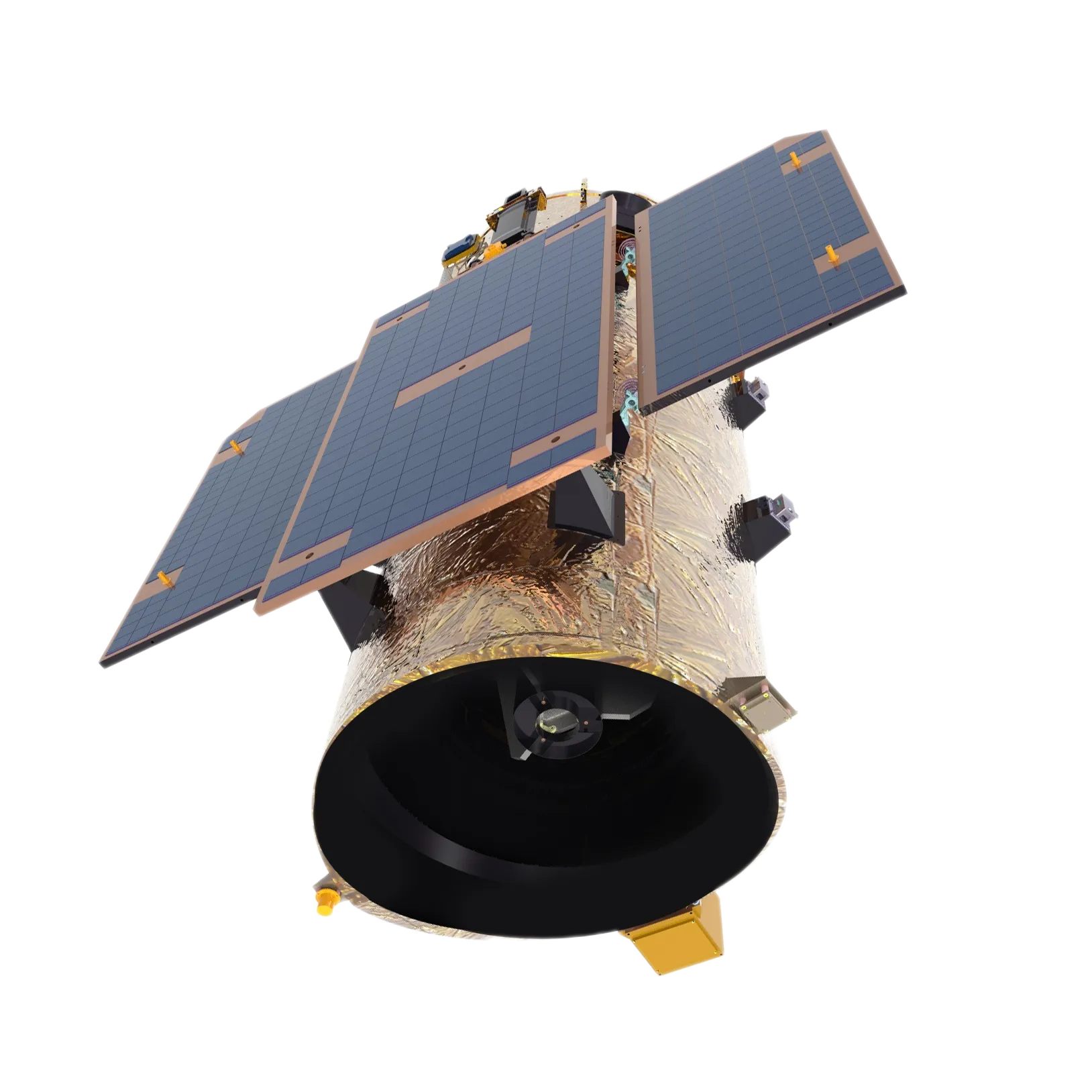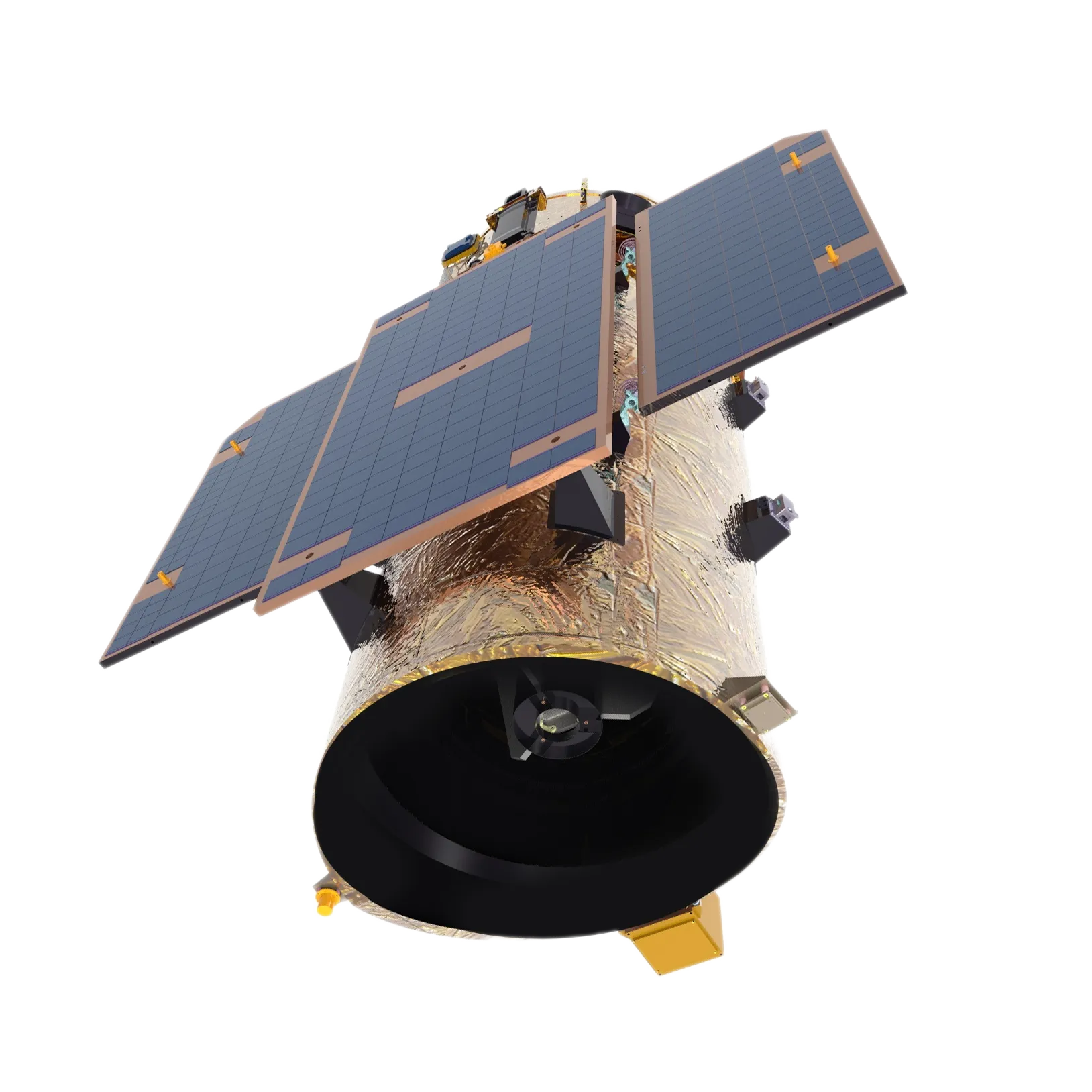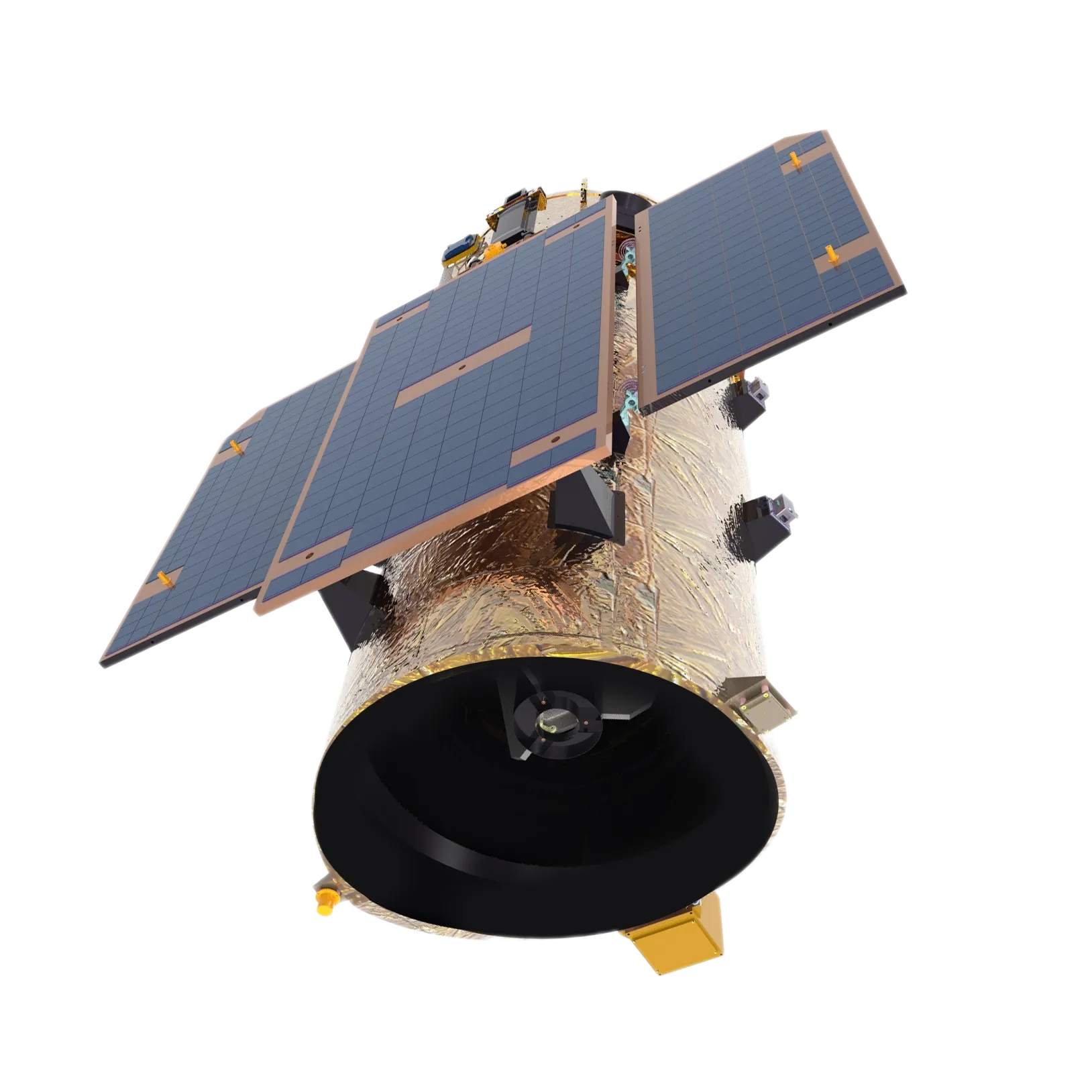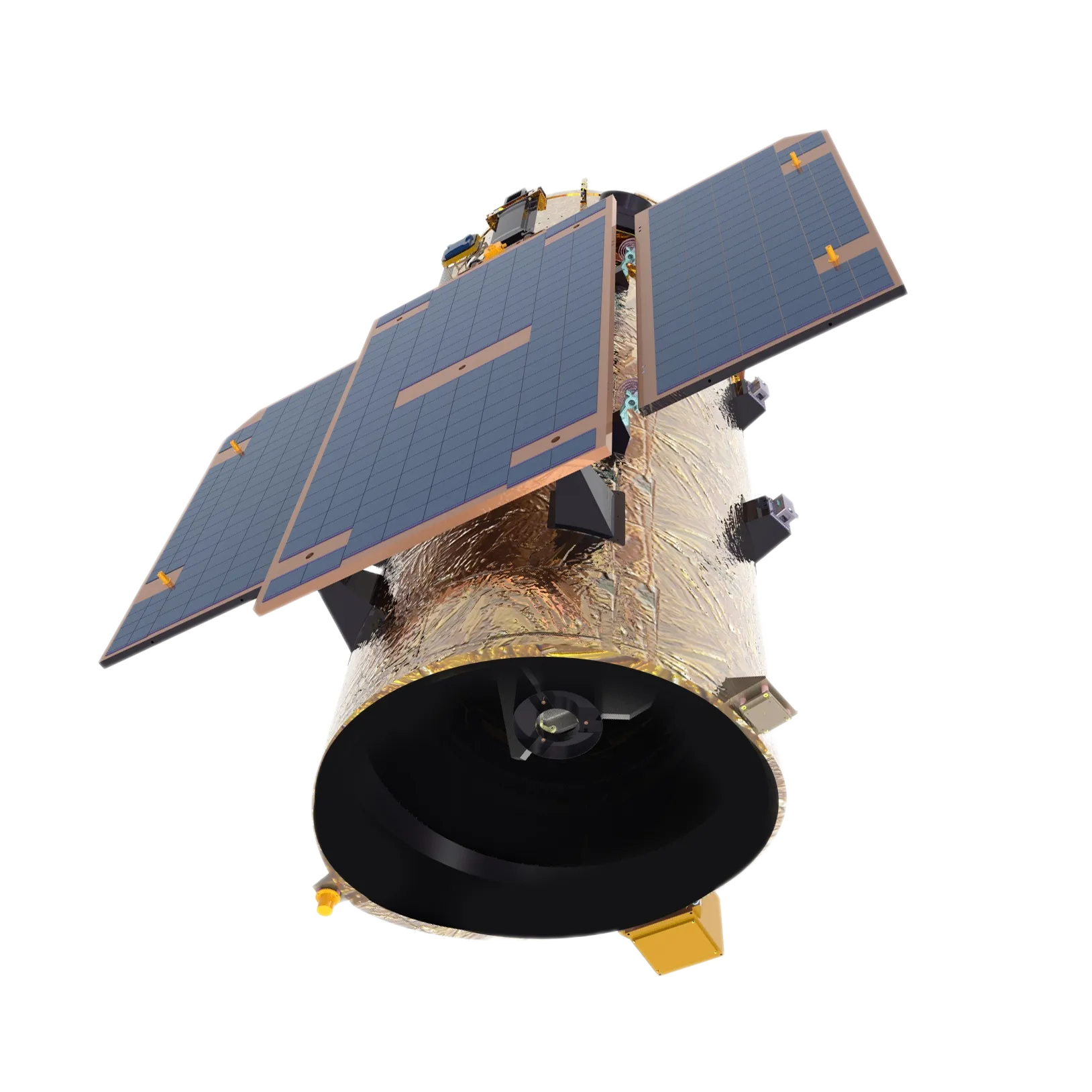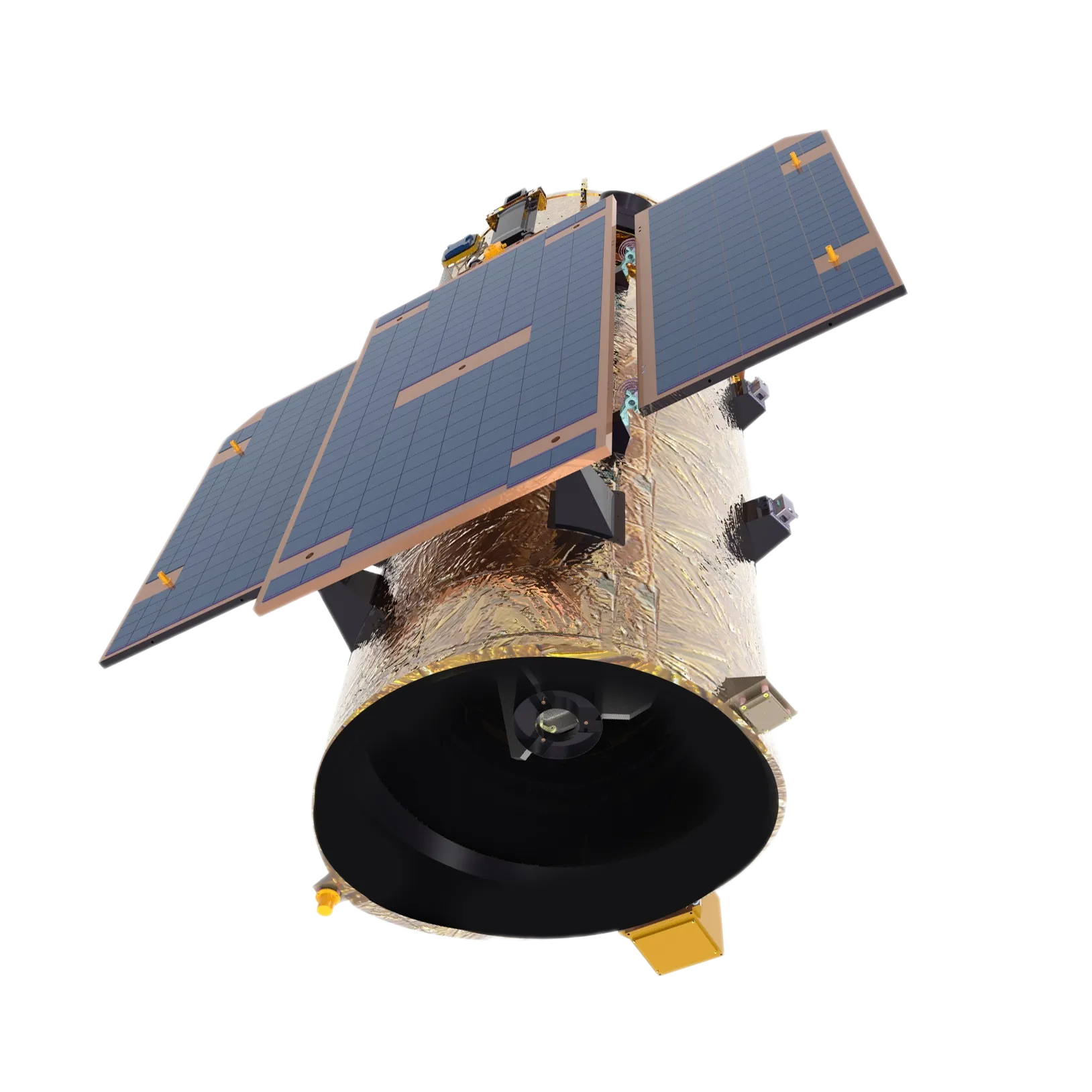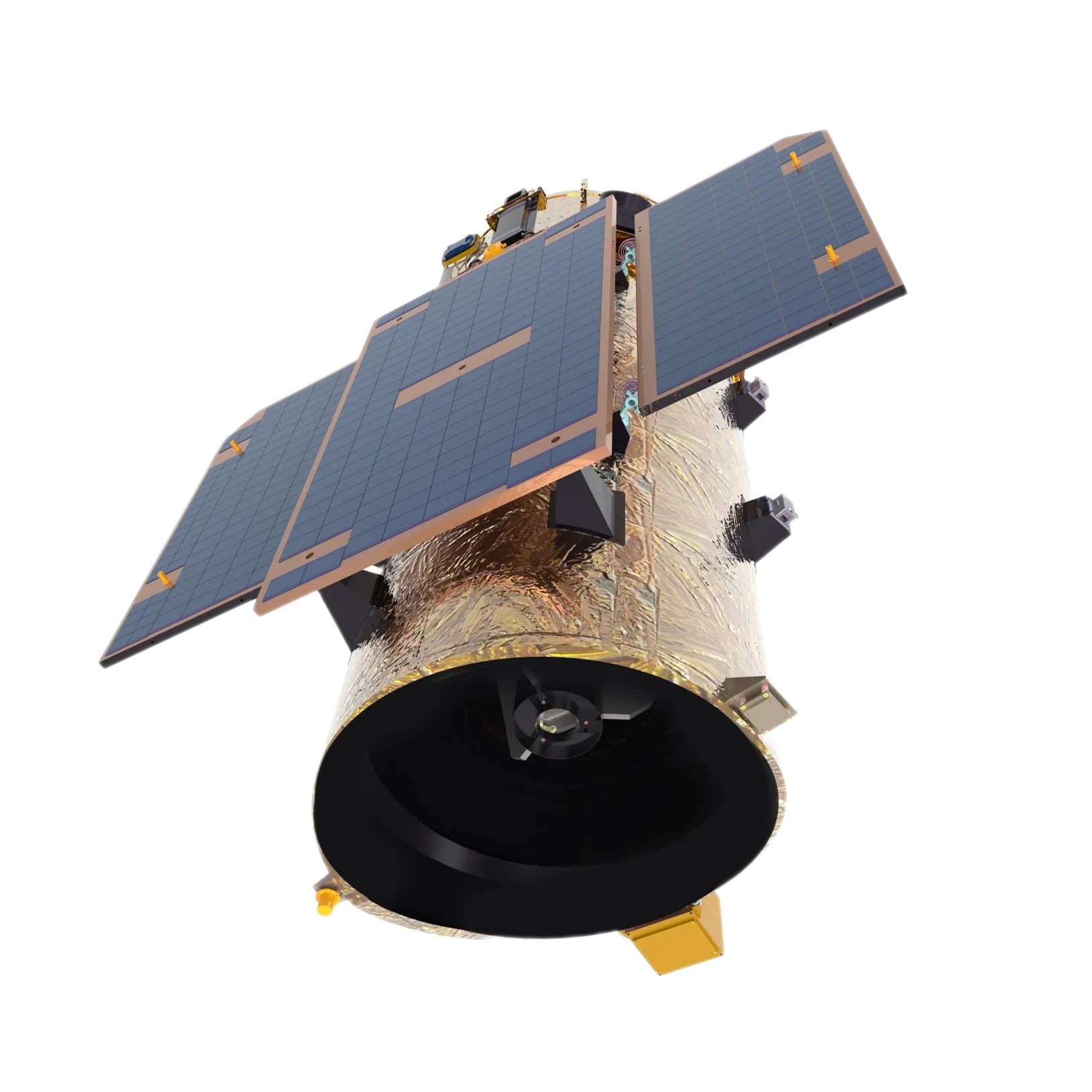
- afrikanska
- albanska
- amhariska
- arabiska
- armeniska
- azerbajdzjanska
- baskiska
- vitryska
- bengaliska
- bosniska
- bulgariska
- katalanska
- Cebuano
- Kina
- korsikanska
- Kroatisk
- tjeckiska
- danska
- holländska
- engelska
- esperanto
- estniska
- finska
- franska
- frisiska
- galiciska
- georgiska
- tyska
- grekiska
- Gujarati
- haitisk kreol
- Hausa
- hawaiianska
- hebreiska
- Inga
- Miao
- ungerska
- isländska
- igbo
- indonesiska
- irländsk
- italienska
- japanska
- javanesiska
- Kannada
- kazakiska
- Khmer
- rwandiska
- koreanska
- kurdiska
- kirgiziska
- Arbetskraft
- latin
- lettiska
- litauiska
- Luxemburgiska
- makedonska
- Madagaskar
- malajiska
- Malayalam
- maltesiska
- Maori
- Marathi
- mongoliska
- Myanmar
- nepalesiska
- norska
- norska
- occitanska
- Pashto
- persiska
- polska
- portugisiska
- Punjabi
- rumänska
- ryska
- Samoan
- skotsk gaeliska
- serbiska
- engelska
- Shona
- Sindhi
- singalesiska
- slovakiska
- slovenska
- somaliska
- spanska
- Sundanesiska
- Swahili
- svenska
- Tagalog
- tadzjikiska
- Tamil
- tatariska
- Telugu
- Thai
- turkiska
- turkmeniska
- ukrainska
- Urdu
- Uigur
- uzbekiska
- vietnamesiska
- walesiska
- Hjälp
- jiddisch
- Yoruba
- Zulu
Satellite Platforms and Their Integral Role in Remote Sensing Technology
As space technology advances, platform satellites have become the critical foundation for modern remote sensing missions. These platforms, often called satellite buses, house and support the satellite’s payloads — the instruments responsible for capturing detailed Earth observation data. The design and quality of the satellite bus structure directly impact the reliability and precision of the collected data, making these platforms central to the success of remote sensing satellites.
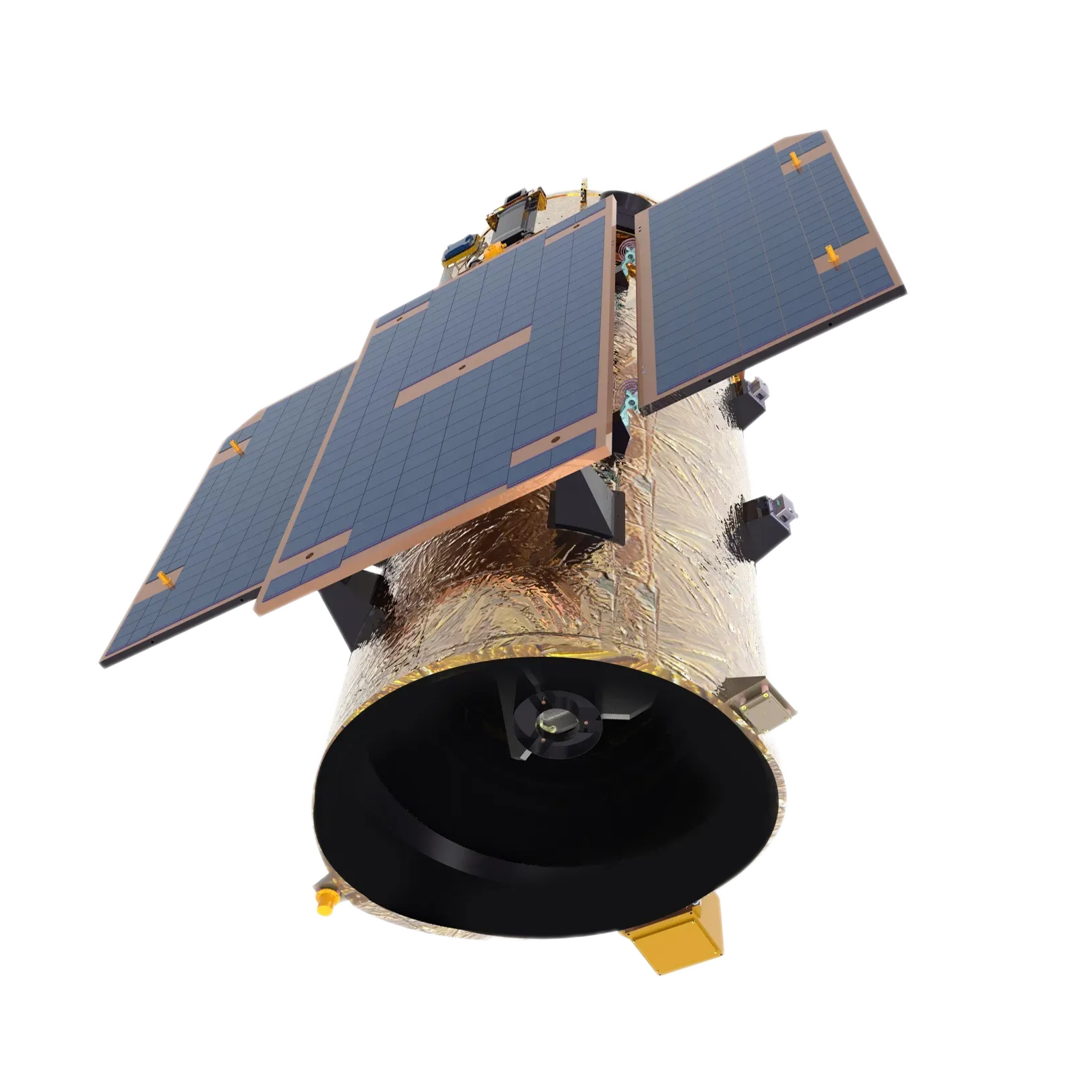
The Core Function of Platform Satellites
A platform satellite integrates all the subsystems required for satellite operation, including power systems, thermal controls, propulsion, and communication modules. It provides the essential environment and stability for the payload, enabling sensors and cameras to function accurately. Without a well-designed platform, the payload’s performance would degrade, leading to poor-quality remote sensing satellite images. This makes the platform the backbone of any satellite mission.
Understanding the Satellite Bus Structure
The satellite bus structure serves as the main physical framework of the satellite. It must be lightweight yet sturdy enough to withstand the harsh conditions of launch and space. Advanced materials and engineering techniques ensure the bus can protect sensitive instruments from temperature extremes, radiation, and mechanical stresses. The modular nature of bus structures allows for flexibility, enabling them to support a range of payload types and mission profiles.
Importance of Satellite Platforms in Remote Sensing Missions
Satellite platforms in remote sensing are tailored to provide precise attitude control and stable positioning, which are essential for capturing high-resolution and accurate images. These platforms support various sensors, from optical cameras to radar instruments, allowing them to perform diverse tasks such as environmental monitoring, urban planning, and disaster response. The platform’s reliability directly correlates with the quality of data collected, making it indispensable in remote sensing applications.
Leading Satellite Bus Manufacturers Shaping the Industry
The growth and sophistication of remote sensing satellites rely heavily on the innovation of tillverkare av satellitbussar. These manufacturers develop and supply customizable, efficient, and robust platforms that meet the stringent requirements of modern missions. By incorporating advanced power management, thermal regulation, and communication technologies, they ensure longer mission durations and improved data accuracy. Collaboration between bus manufacturers, satellite developers, and end-users drives continuous improvements in satellite platform technology.
Conclusion
In summary, platform satellites and their satellite bus structures are fundamental to the success of remote sensing satellite missions. They provide the necessary support and environmental controls that allow sensitive payloads to deliver precise Earth observation data. The expertise of tillverkare av satellitbussar continues to push the boundaries of platform design, leading to more capable, flexible, and durable satellites. These advancements promise to enhance our ability to monitor and understand our planet, supporting vital scientific, commercial, and governmental applications.






